Advertisements
Advertisements
प्रश्न
A car of mass 1000 kg is moving with a velocity of 10 m s−1. If the velocity-time graph for this car is a horizontal line parallel to the time axis, then the velocity of car at the end of 25 s will be :
पर्याय
25 m s−1
40 m s−1
10 m s−1
250 m s−1
उत्तर
It is given that the velocity time curve is parallel to x axis hence velocity is constant with time and acceleration is 0. So, the answer is
(c) 10 m s−1
APPEARS IN
संबंधित प्रश्न
What type of motion is represented by the following graph ?
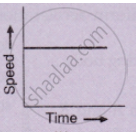
What type of motion is represented by the following graph ?
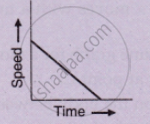
Draw a displacement-time graph for a boy going to school with uniform velocity.
Represent the location of an object described as at 15 m, 45o west of north, on a graph paper.
Draw the speed-time graph of a body when its initial speed is not zero and the speed increases uniformly with time.
What can you conclude if the speed-time graph of a body is a curve moving upwards starting from the origin?
Given below are the speed -time graphs. Match them with their corresponding motions :
 |
(a) Uniformity retared motion |
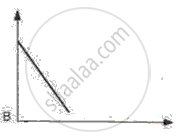 |
(b) Non-uniformity acceleration |
 |
(c) Non-uniform motion |
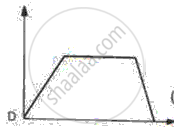 |
(d) uniform motion |
Which of the following graphs represents a motion with negative acceleration?
The area of the velocity-time graph gives the displacement of the body.
The velocity-displacement graph describing the motion of a bicycle is shown in the figure.
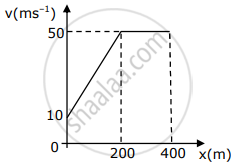
The acceleration-displacement graph of the bicycle's motion is best described by:
